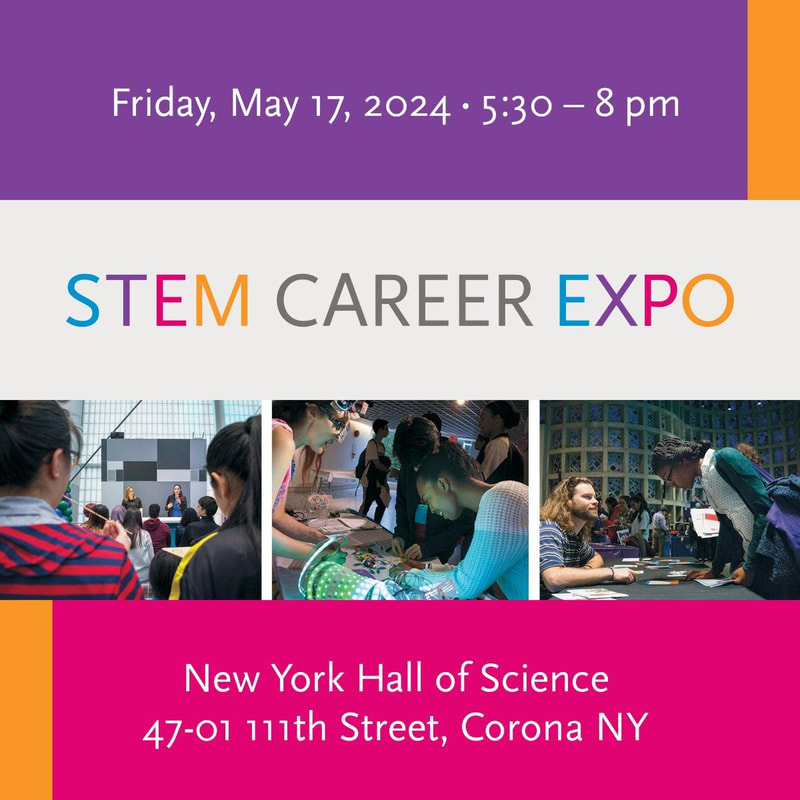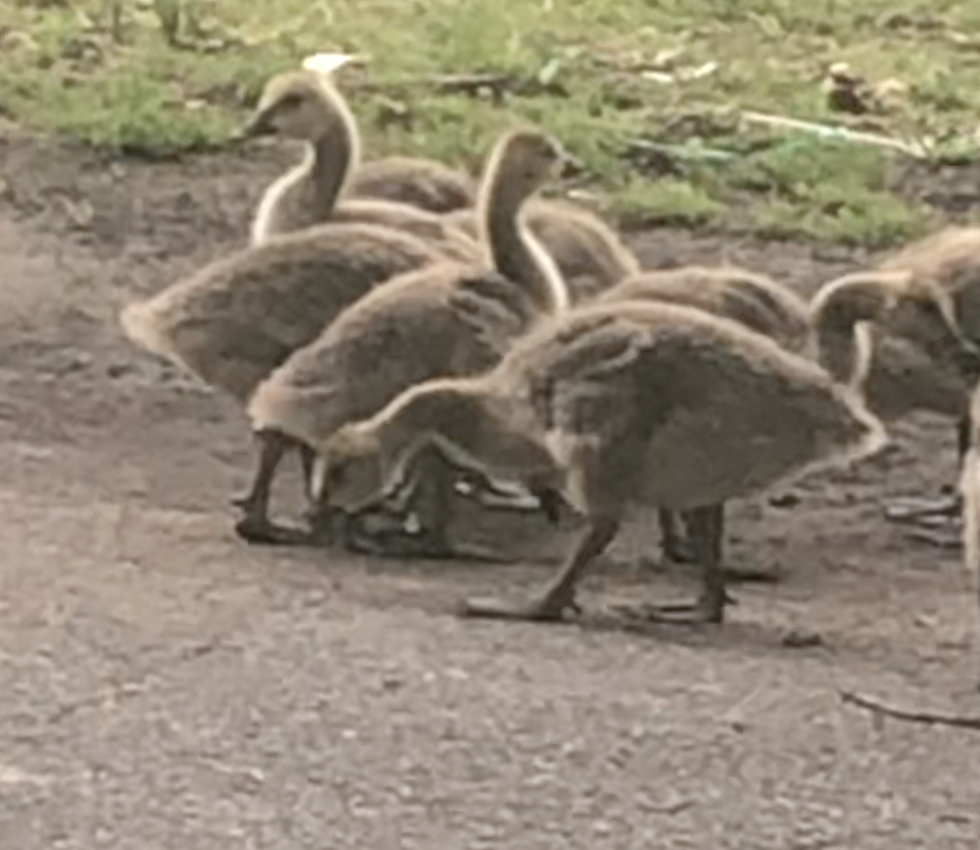Participated as a judge in the NeuroART contest at the European Academy of NeurologyIn June 2024, I was asked to participate as a judge in the NeuroART contest of the Resident and Research Fellow (RRFS) Section of the European Academy of Neurology (EAN).
0 Comments
The intersection of neuroscience and Bharatanatyam at the Manhattanville Community Day Summer 2024.I look forward to presenting work looking at the intersections of Bharatanatyam and neuroscience for "The Artful Mind: A Celebration of the Brain, Art, and Wellness" at Columbia University's Zuckerman Institute.
Viewing the Brain through Dance as part of the Stuyvesant Art Immersion Project.In May 2024, I had the privilege of interacting with young students at Stuyvesant High School as part of the students' Art immersion Project. Thank you to Maya Soni for the invitation and to Caleb Lee for the beautiful photos (below).
Movement workshop at the New York Hall of Science STEM Career ExpoIn May 2024, I offered a movement workshop at New York Hall of Science STEM Career Expo. It was a great experience interacting with young people on dance., science, and things at its intersection.
Here are a few images Movement workshop and networking at New York Hall of Science STEM Career Expo. In May 2024, I am offering a movement workshop and networking at New York Hall of Science STEM Career Expo. The target audience is high school and college aged students.
The aims of the event are as follows:
|
About SlokaMy name is Sloka. I am a neuroscientist and Bharatanatyam dancer; you can find more about me here. Archives
June 2024
|


















